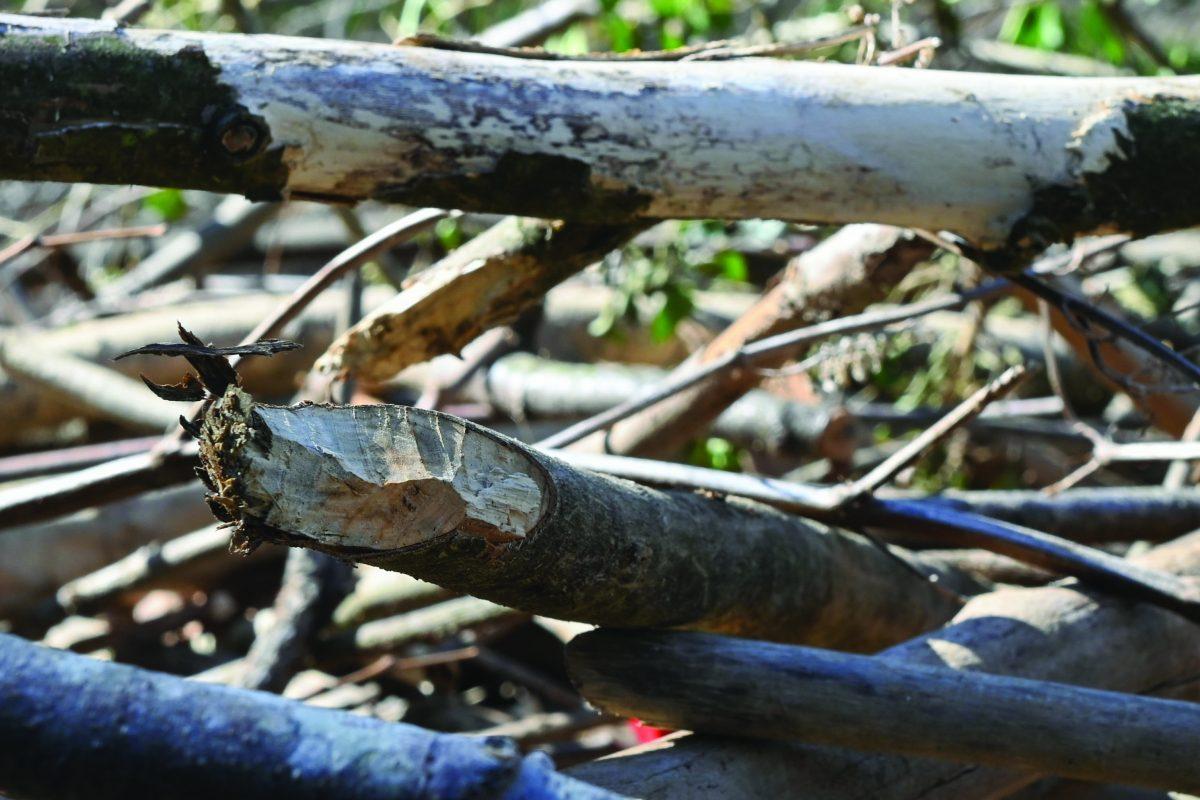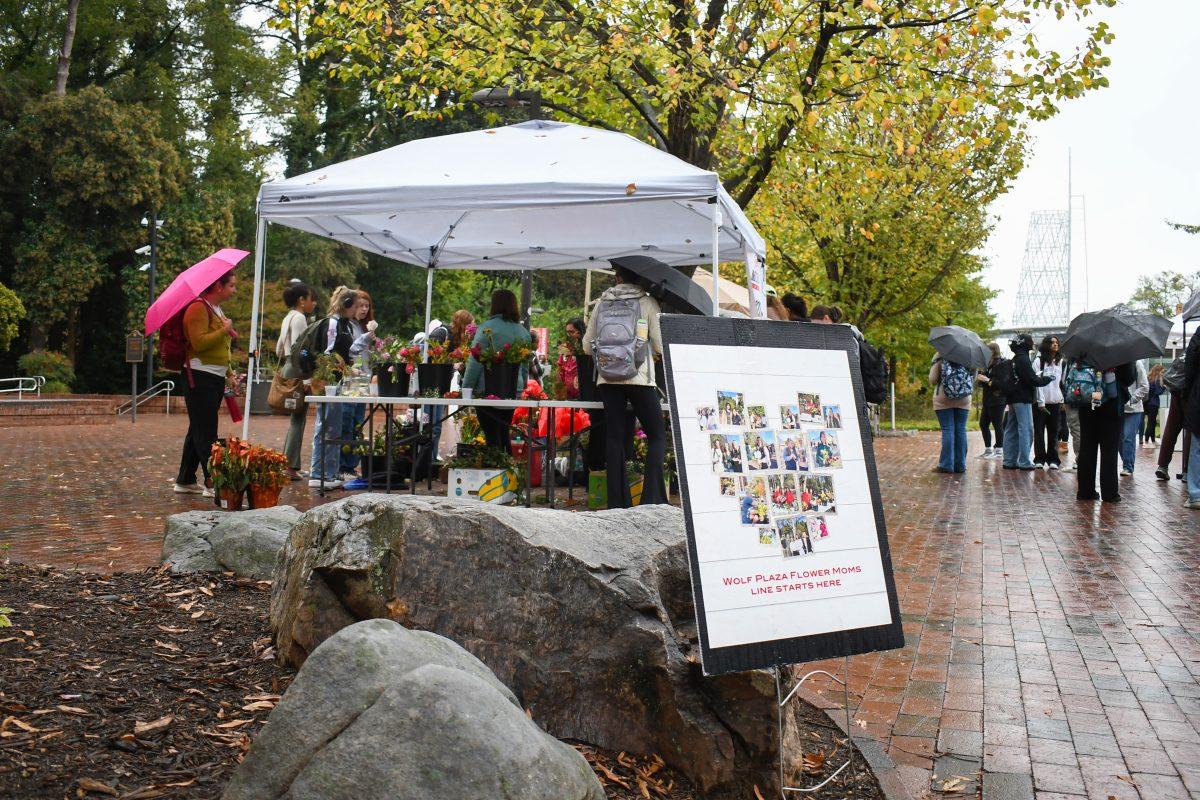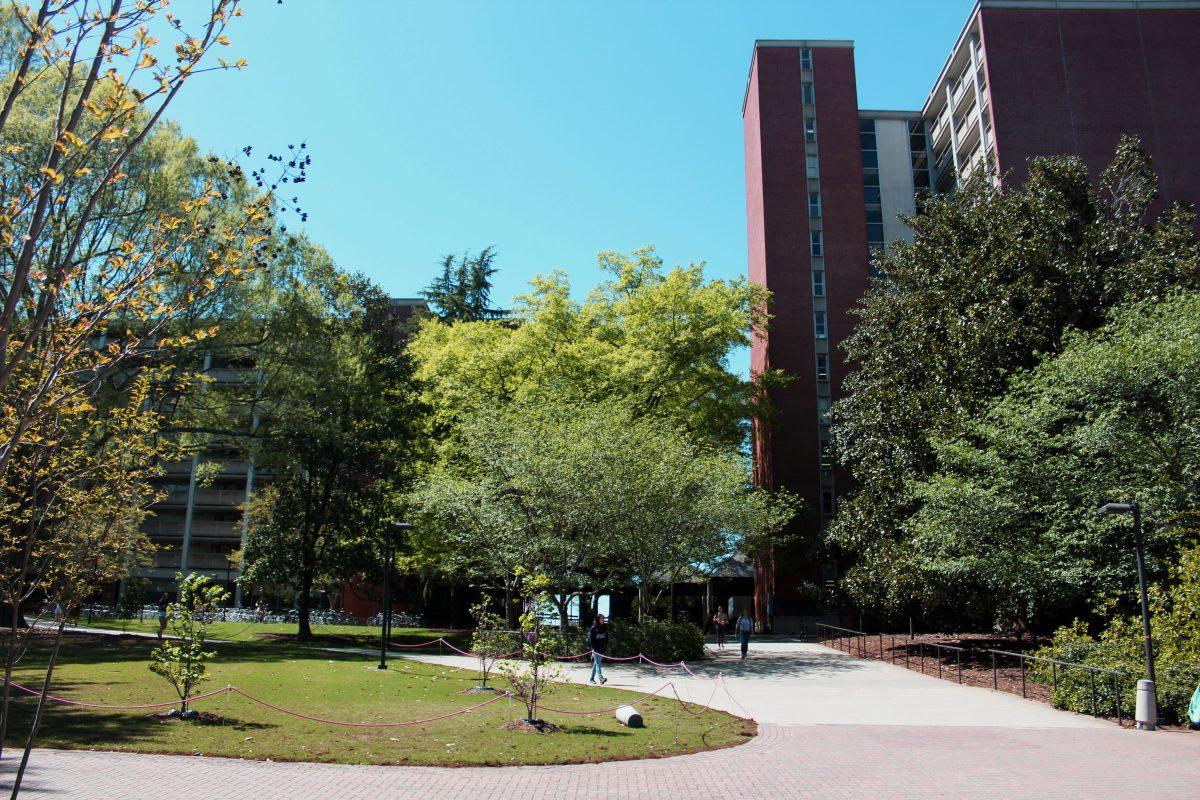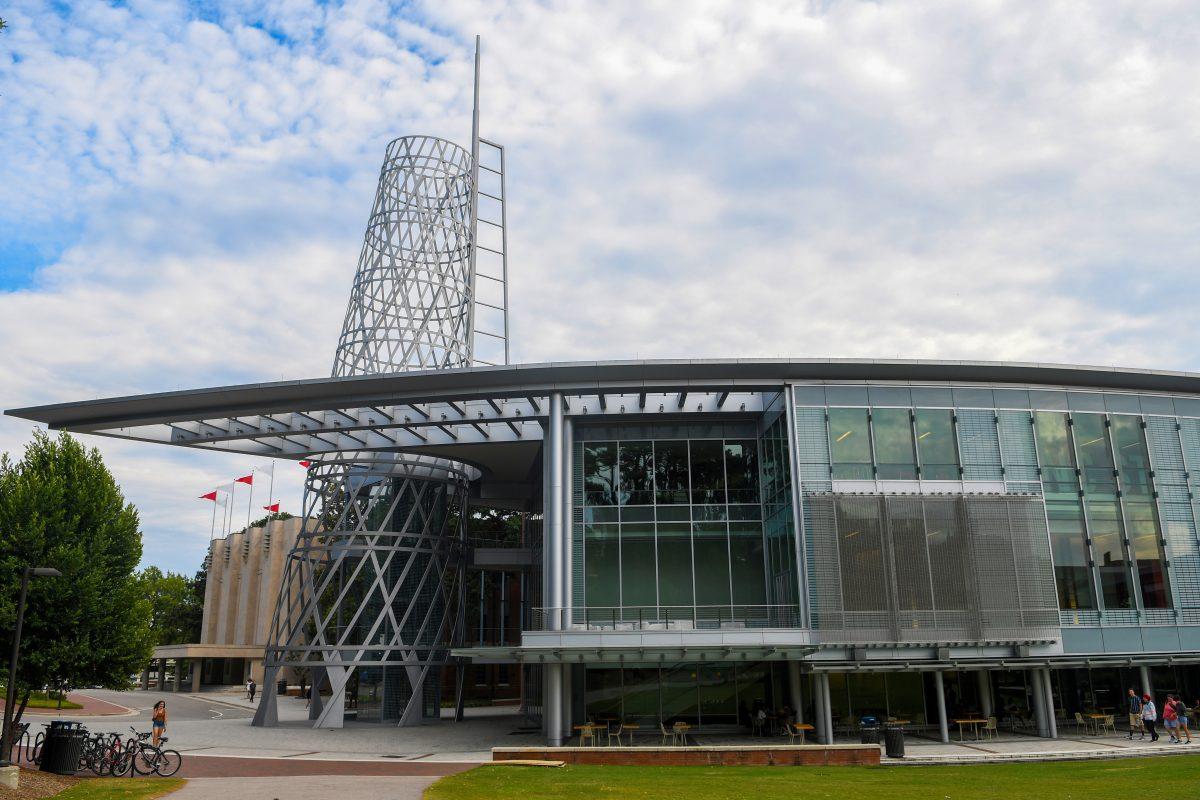North American Beavers have established active dams on campus around Pullen Road at Rocky Branch Greenway Trail and on Centennial Campus at Lake Raleigh.
Chris Norcross, a doctoral student studying earth sciences who previously created an exhibit about the impact of beavers on campus, said that although beavers are native to North Carolina, they were once over-trapped and nearly extirpated from the state in the 1890s, until their reintroduction in the 1930s.
“In [peoples’] sort of, I’ll use the word greed, their eagerness to secure as many furs as possible, … We very nearly drove beavers to extinction across North America,” Norcross said.
Norcross said since the near extinction of beavers and the reinstatement of their populations to North Carolina, they have been a resilient and vital part of the ecosystem.
Norcross said the colony that lives in Rocky Branch arrived in October 2022. Since then, they’ve continuously occupied the Walnut Creek Watershed.
Matthew Booker, a professor of history and an environmental historian, said beavers are so prominent on campus because of how resilient they are.
“Beavers, they don’t just build dams,” Booker said. “Maybe the more important point is that they maintain them. That’s the intriguing piece about beavers, is that they’re totally just cussedly resilient.”
Booker said part of this resilience is because beaver dams are not created to last.
“Beavers are all about bouncing back because their dams go often yearly,” Booker said. “Part of it is that their dams aren’t designed to last forever. They’re designed to be maintained, and that’s different from the way we think about engineering.”
Norcross said when it rains, bodies of water tend to flood faster than normal, and the presence of beavers in certain areas helps negate overflowing on campus.
“[Beavers] have the capacity to build dams and control the flow of water across the landscape,” Norcross said. “And so what’s really interesting about that is you start changing the actual landforms.”
Beavers are widely recognized as a keystone species, meaning their presence supports their entire biological community. Their dams create the conditions for a wetlands ecosystem and their removal from the environment ensures an ecosystem collapse.
Norcross said the establishment of these dams can lead to changes in the environment, including forming wetlands where there were none previously.
Booker said these changes in the ecosystem on campus can be beneficial.
“[Beavers] transform this flashy stream into one that had much more continuous flow over the course of the year and also could store all the good stuff,” Booker said. “The dirt and the rot and the and the wood and the things that allow a whole series of species.”
Booker said beavers are drawn to the sound of streams and running water to make their dams.
“Beavers will find, in an almost diabolically clever way, the places where there is water, where we have worked hard to engineer exits,” Booker said. “They’re very, very good at finding the places where water can be stopped, and if there’s cement or railroad embankment, you know. And so they end up flooding upstream and slowing the flow.”
Booker said these dams the beavers create and live in allow for an atmosphere that humans have a psychological reaction to.
“[Bird watchers] who walk on campus in the areas where the beaver has transformed the landscape, feel more joy [and] feel more relaxed … in the presence of the habitat the beaver creates these ponds of water,” Booker said. “Something about the spaces beavers create is compelling to the human psyche compared to areas where they’re just walking.”
Booker emphasized his point that these habits create a sense of peace and joy among people.
“That’s very interesting, that beavers are kind of … psychological,” Booker said. “They’re a soothing force in a really stressful place.”
Booker said the atmosphere beavers create also pave the way for different organisms and ecological positives on campus that are not possible without the presence of beavers.
“They create a kind of habitat which is conducive to a large number of species that otherwise would not exist on campus,” Booker said. “And that’s the species who live in ponded water, or who live in wetlands, or who need water in the summertime.”
Booker said the presence of beavers on campus is beneficial to the protection and restoration of water sources like aquifers.
“They are adding enormous amounts of water back into these systems, simply by building a little dam,” Booker said. “That has all sorts of beneficial impacts that cannot, it turns out, be perfectly captured or mimicked by human dams, which is a really interesting phenomenon here.”
Students interested in observing the beavers can visit Chronolog, a continuously updated photo history of the dams at Rocky Branch, to observe dam activity or visit the sights themselves at Lake Raleigh or Rocky Branch through the Greenway Trails.













